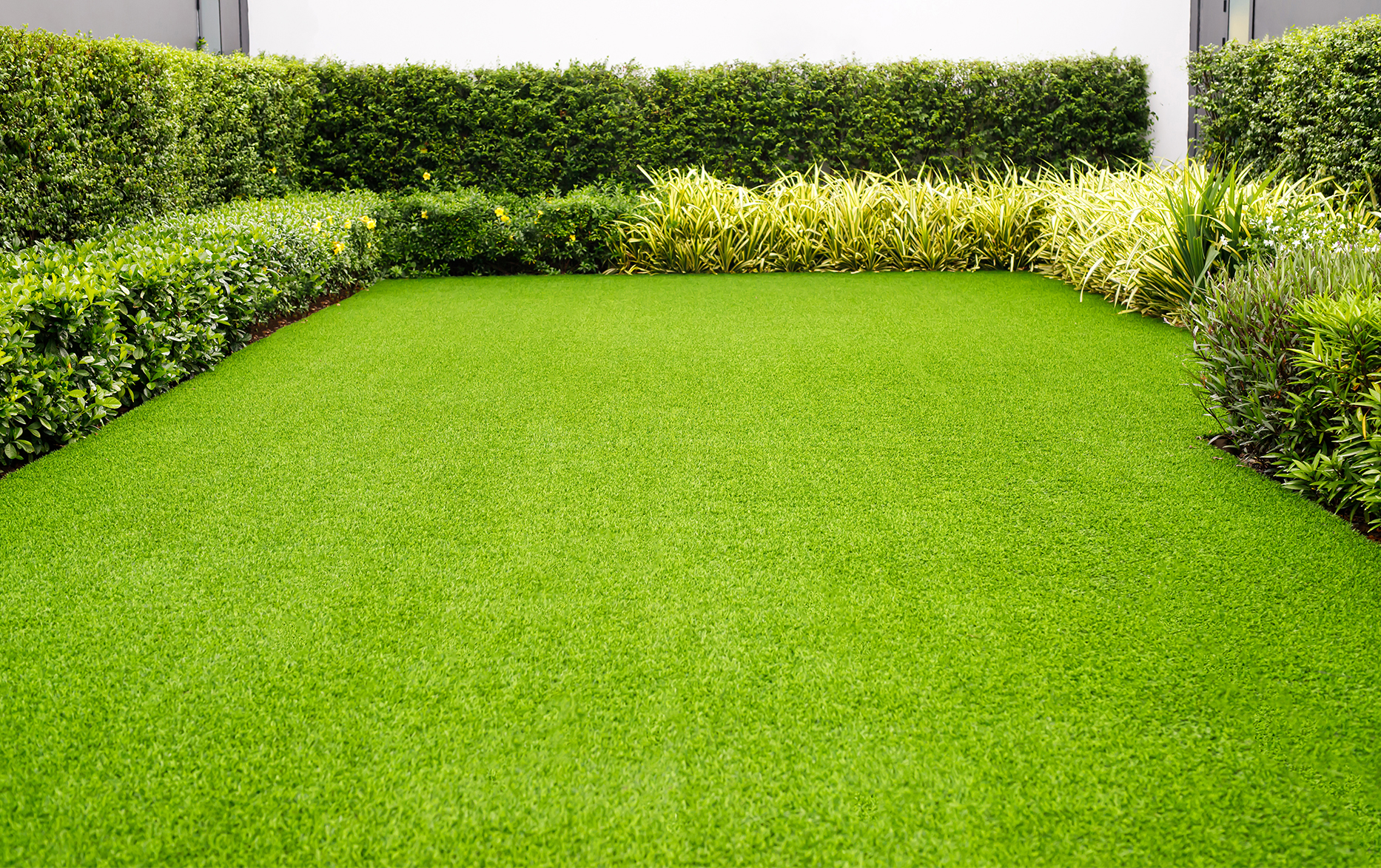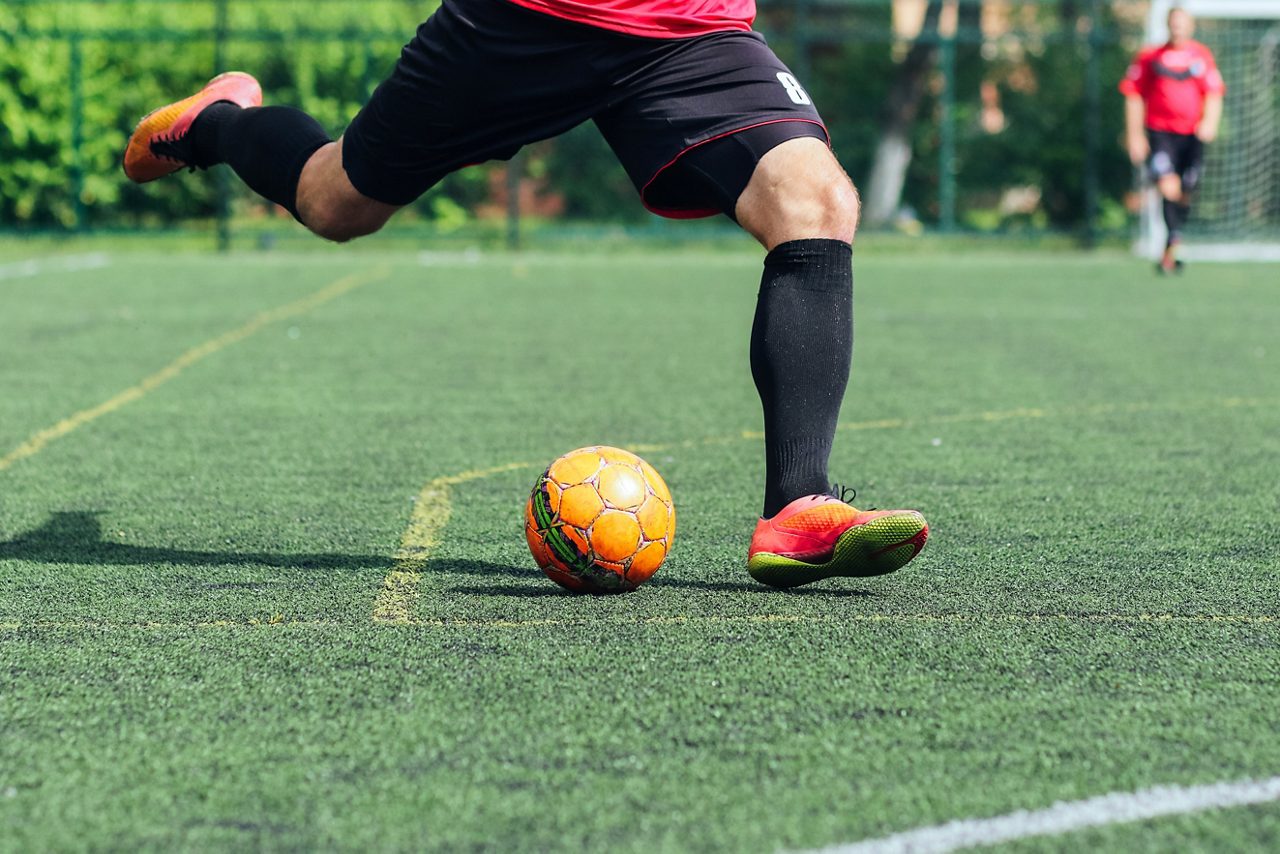Experience a Flawless Lawn with Arizona Artificial Turf for Any Outdoor Space
Experience a Flawless Lawn with Arizona Artificial Turf for Any Outdoor Space
Blog Article
Explore the Environmental Perks of Opting for Synthetic Grass Solutions
The fostering of man-made grass options provides a compelling opportunity to address pushing ecological difficulties. By considerably reducing water use and decreasing the application of harmful chemicals, these choices not only promote lasting landscape design but additionally shield regional communities. The lower carbon footprint associated with reduced maintenance tasks adds to an extra sustainable strategy to land management. Nevertheless, the implications of these advantages extend past mere preservation efforts, elevating questions concerning their long-term effect on habitat conservation and overall environmental equilibrium. Exploring these dimensions exposes an intricate interplay worth taking into consideration.
Water Conservation Advantages
One of the most considerable advantages of man-made grass is its capability to save water. Standard lawn yards need considerable irrigation, especially in areas prone to dry spell or water constraints. In comparison, synthetic grass does not require watering, dramatically minimizing the general demand for water resources. This attribute is especially helpful in dry regions where water scarcity is a pushing problem.
By getting rid of the demand for regular watering, man-made lawn contributes to sustainable landscape methods and aids mitigate the environmental effect of too much water consumption. Additionally, the preservation of water reaches the reduction of overflow, which can cause dirt erosion and waterway pollution.
Additionally, the installation of synthetic grass enables homeowners and towns to allot water sources extra efficiently, concentrating on essential uses such as drinking water and farming. The shift in the direction of synthetic grass not just advertises accountable water usage but also aligns with more comprehensive ecological objectives targeted at preserving natural deposits.
As areas significantly focus on sustainability, the water preservation advantages of man-made lawn present an engaging instance for its adoption in property and commercial landscape design projects.
Decreased Chemical Use
The change to man-made grass considerably decreases the dependence on chemical treatments commonly made use of in natural grass upkeep. Conventional lawn administration normally involves the application of herbicides, plant foods, and pesticides to promote development and control pests. These chemicals can posture risks to human wellness, local wildlife, and the setting, contributing to dirt and water contamination.
In comparison, artificial turf gets rid of the requirement for these harmful substances. By lessening the launch of artificial substances right into the environment, fabricated lawn advertises much healthier dirt and water systems.
Moreover, the lack of chemical drainage associated with synthetic grass installments assists secure neighborhood waterways from air pollution, sustaining water life and keeping biodiversity. Arizona turf. As communities increasingly focus on lasting methods, selecting synthetic turf presents a viable remedy that straightens with environmental conservation goals. Through this shift, homeowner can take pleasure in rich green rooms without endangering ecological health, leading the method for a more lasting future
Lower Carbon Impact

Moreover, the installment of synthetic grass can cause substantial water conservation. All-natural grass require significant quantities of water for watering, which not just includes in the carbon footprint connected with water removal and therapy but likewise stress neighborhood water resources. On the other hand, synthetic grass requires marginal upkeep, requiring no watering, thus substantially reducing water usage and its associated energy costs.
Additionally, the durability of man-made grass adds to its decreased carbon effect. With a life-span of approximately 15 years or even more, the requirement for regular substitutes is reduced, leading to less waste and lower energy consumption in production and getting rid of standard lawn options. In general, synthetic grass presents a lasting alternative for ecologically mindful landscape design.
Habitat Conservation
Environment conservation is a crucial factor to consider in the discussion over landscaping selections, especially when comparing synthetic grass to natural grass. Natural yard yards frequently call for comprehensive maintenance, consisting of the use of herbicides, pesticides, and plant foods, which can negatively influence neighborhood ecological communities. These chemicals can leach right into the soil and waterways, harming indigenous plants and animals and interfering with neighborhood habitats.
On the other hand, synthetic grass presents a possibility to minimize the ecological impact of landscaping. By going with artificial turf, property owners can minimize the interruption of all-natural habitats linked with typical grass treatment practices. Artificial lawn removes the requirement for dangerous chemicals, thus securing close-by wild animals and keeping the stability of bordering environments. The installment of artificial turf can lead to the conversion of former lawn locations right into more biodiverse landscapes, such as pollinator yards or native plant areas, which can support regional wildlife.
Ultimately, the shift to synthetic grass not just saves water try this web-site and minimizes upkeep initiatives yet also fosters a more harmonious relationship in between human tasks and the native environment, promoting environment conservation in the procedure.
Long-Term Sustainability
Lasting check here sustainability is a crucial factor in evaluating the advantages of artificial grass over conventional grass yards. Among one of the most considerable benefits of artificial turf is its toughness; it can last approximately 15-20 years with marginal upkeep, whereas all-natural grass requires regular reseeding and substitute. This longevity reduces the requirement for continuous resources, such as water, plant foods, and pesticides, which are crucial for keeping a healthy and balanced yard lawn.
In addition, synthetic grass contributes to a reduction in carbon exhausts connected with lawn treatment equipment. Standard lawns frequently call for gas-powered lawn mowers, trimmers, and blowers, every one of which add to air pollution. Arizona artificial turf. In comparison, artificial grass gets rid of the need for such devices, advertising a cleaner environment
Moreover, the manufacturing of fabricated grass significantly makes use of recycled products, enhancing its sustainability profile. As suppliers adopt environment-friendly techniques, the environmental footprint of synthetic grass remains to decrease.

Final Thought
The fostering of synthetic grass this content remedies offers substantial ecological benefits, consisting of significant water conservation, decreased reliance on damaging chemicals, and a lower carbon footprint. Additionally, man-made grass aids in preserving all-natural environments by lessening land disruption and promoting long-term sustainability via making use of sturdy products. Collectively, these factors emphasize the possibility of synthetic grass to add positively to environmental wellness and provide a practical choice to typical landscaping techniques in a progressively resource-conscious world.
In comparison, synthetic lawn does not need watering, considerably reducing the general demand for water sources. By reducing the launch of synthetic substances right into the environment, artificial grass advertises healthier dirt and water systems.
Furthermore, the setup of artificial grass can result in substantial water conservation. In comparison, artificial grass requires minimal upkeep, requiring no watering, thus dramatically decreasing water use and its associated energy expenses.

Report this page